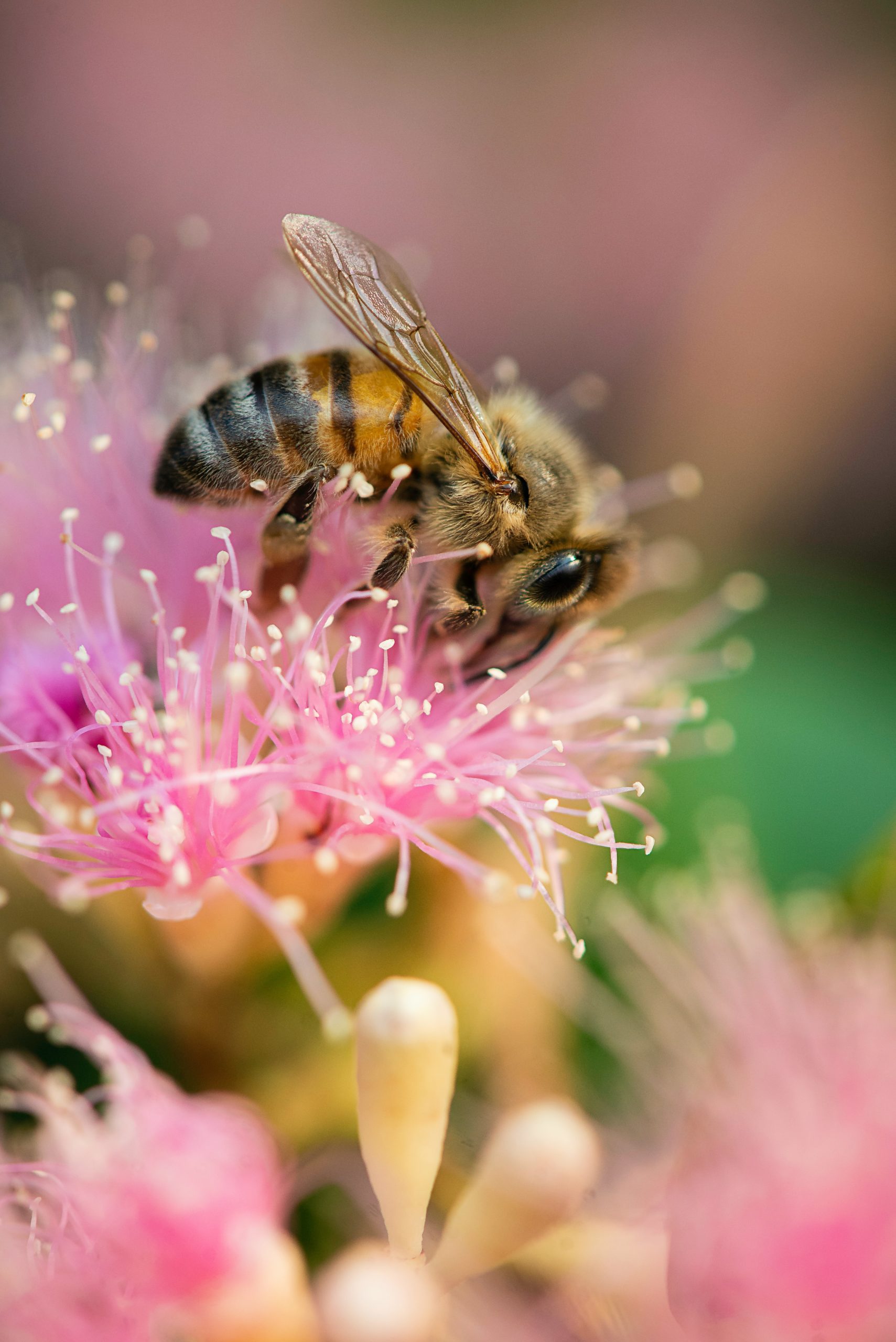Blog
Why a tiny bee mite could have a devastating impact on Australian flowers

The varroa mite has been found in Australia, and it’s starting to spread.
With a recent outbreak of the parasite close to the Port of Newcastle, Queensland announced that it will shut its borders to any equipment or products related to bees and/or hives in an effort to slow the spread, with more states following suit.
“Biosecurity Queensland is taking this action to protect the state’s bee industry from varroa mites which pose a serious risk to honey production and pollination services,” Queensland Minister for Agricultural Industry Development Mark Furner stated after issuing the movement control order on bees and hives into the state.
The discovery of varroa mites has led to the destruction of whole hives in order to try and control the spread. NSW Minister for Agriculture Dugald Saunders has said that around 600 hives have already been destroyed in Newcastle, with that figure expected to grow as the mites spread.
What are Varroa mites?
Varroa mites are small, red-brown parasites that feed on honey bees, birthing larvae in the hive and causing malformations in the honey bees as well as spreading a number of viruses.
While these mites are only deadly to imported, European honey bees, this does not mean that native Australian bees are in the clear.
What is the impact on Australian bees?
University of Queensland bee researcher Tobias Smith says that there is a high possibility of the mites indirectly spreading disease to native Australian bees.
“If you think about mosquitoes and humans, when they bite us they can leave something nasty behind. It’s the same with varroa mites which can transfer viruses to honey bees through their bite,” he stated.
“We know that when bees visit flowers they can leave behind viruses and pathogens on flowers that other bees or other pollinators can get.
“There’s evidence from other parts of the world that do have varroa mite that some of these viruses from honey bees can get passed onto various native bee species too.”
Not only are our native bees at risk, this would in turn negatively impact native flower growth in Australia which obviously relies on pollination to flourish.
Dr John Roberts, a CSIRO senior research scientist on honeybee pathogens, stated that the varroa mite was the worst of the mite species that targets bees, and that if we could not completely eradicate the mite, there would be flow-on impacts for the agricultural industry.
Stephen Targett, Chairman of the Australian Honey Bee Industry Council, echoed this, stating that if we are not able to rid Australia entirely of the mite, the industry’s management practices would need to be reassessed and changed.
“Everywhere the varroa mite has landed in the world, outside its natural range, feral hives have been decimated,” he said.
While Targett seems confident that we’ll be able to eradicate the varroa mites, we’ve already seen the devastating effect they had on New Zealand, with feral honey bee populations diving to just 10% of what they were, within four years of the mite invading.
With each incidence in the past of varroa mite infestation, they’ve arrived on imported cargo.
This is another reason why buying local flowers and produce is a better option – no nasty, harmful surprises.
If you own a hive, even a small hobby hive, it’s always a good idea to check for varroa mites. The sugar shake test is a simple way to test your hive for mites, and if you do find them, make sure to report this to the Exotic Plant Pest Hotline on 1800 084 881 or email honeybee.biosecurity@agriculture.vic.gov.au ASAP.